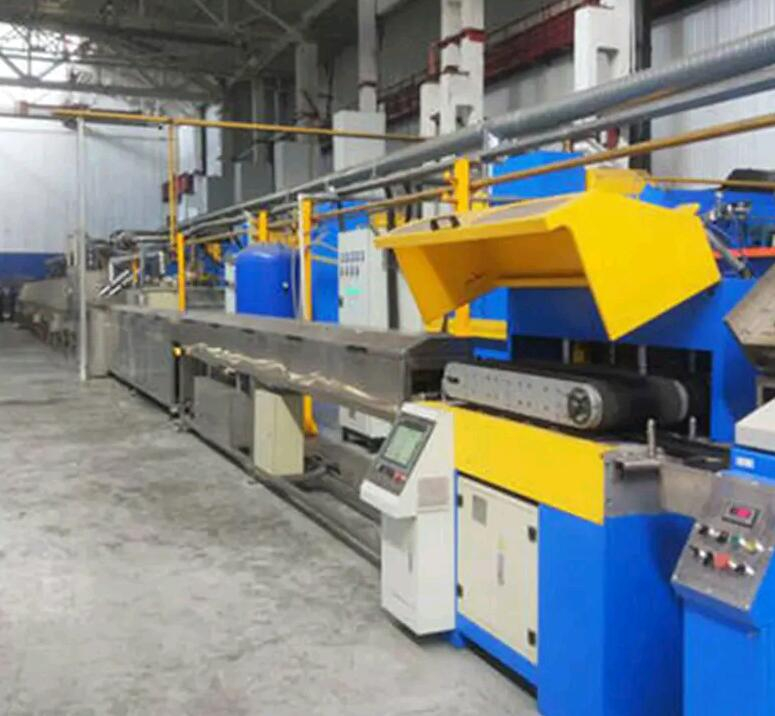The Rubber Salt Bath Curing Production Line (LCM) has played an important role in the development of modern rubber manufacturing. Its introduction marked a significant step toward efficient, consistent, and high-quality rubber processing. Over the years, this technology has created opportunities for both industrial growth and product innovation.
Historically, rubber curing was a time-consuming process that relied on conventional heating methods, which often resulted in uneven vulcanization and inconsistent product quality. The LCM system, using a controlled salt bath, allowed manufacturers to achieve uniform heat distribution. This advancement improved the reliability of rubber products and reduced waste, opening the door for broader applications across industries such as automotive, footwear, and industrial components.
The LCM production line also enabled greater efficiency. By automating key steps such as feeding, curing, and discharging, manufacturers could scale production while maintaining consistent quality. This efficiency helped meet the growing demand for rubber products during industrial expansions in the 20th century.
Additionally, the line created opportunities for technological innovation. The precision control of temperature and curing time allowed experimentation with new rubber compounds and formulations, paving the way for products with enhanced durability, flexibility, and performance.
Today, the LCM Rubber Salt Bath Curing Line continues to offer historical insight into the evolution of manufacturing processes. Its enduring relevance reflects the balance between traditional mechanical methods and modern efficiency. By understanding its historical opportunities, manufacturers can appreciate the foundational role of LCM systems and explore continued improvements in rubber production.

zjbaina.com/product/rubber-salt-bath-curing-production-line-lcm/rubber-salt-bath-curing-production-line-lcm.html
The new generation of salt bath vulcanization line of BAINA has unique advantages in producing rubber strips for automobile industry and construction industry: high efficiency and low energy consumption.
The BAINA salt bath production line (LCM)is designed with compact combination. Its prominent feature is that the waste salt produced after the initial purification of the adhesive strip is very low. It uses modem computers to handle production control systems including pressure control and remote data transmission. The automatic brine recycling system avoids environmental pollution from wastewater. The entire production line includes the vulcanizing conveyor, cooling and washing unit, traction, cutting and winding device.


